12 July 2023 Wednesday
Cloudy
Top of 33 degrees
After another breakfast from the convenience store across the road, we spent most of the morning in the studio writing. Satoh-san visited to see how we were. He told us about a knowledgeable woman who works at the Kokeshi Museum. He said she will be back at her work on the 19th.
We had our lunch at Cafe Enso, whose owner Endo Yuichiro-san (75) was born in Togatta, and after spending his middle and high school days in Sendai, returned to look after his parents and take over their restaurant. His son Soichiro-san (47) was the chef in the kitchen.
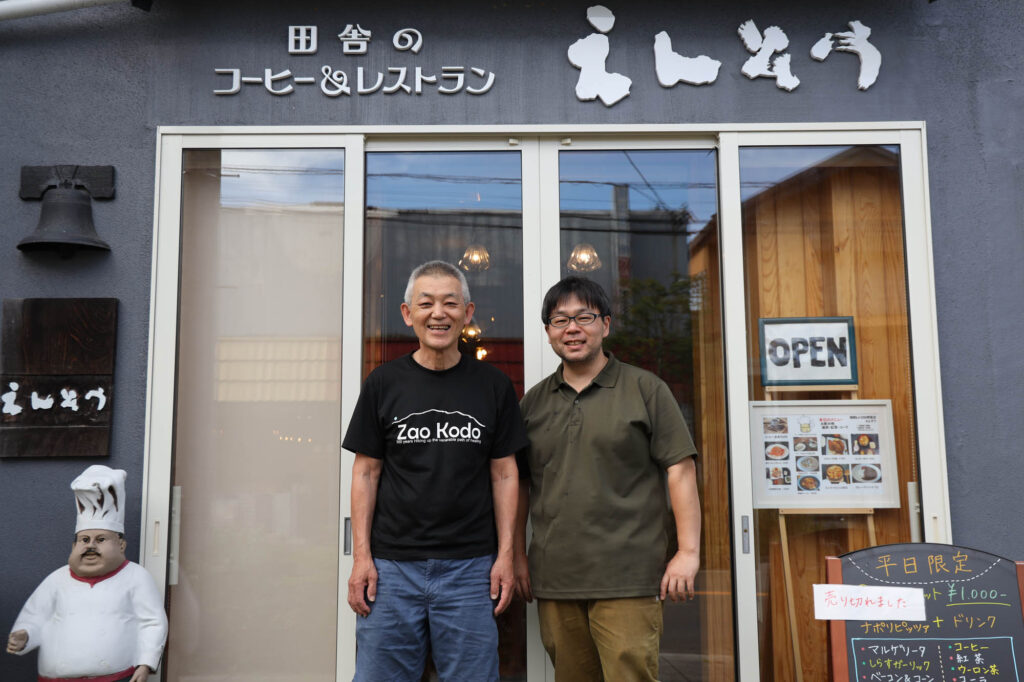
Endo Yuichiro (75) and his son Soichiro (47) at Café Enso. Photo by Mayu Kanamori
Yuichiro is part of Zao Kodo no Kai, a group who restored the Zao Kodo, the old pilgrim’s road that connects the Kattamine Satomiya, the town shrine to the Kattamine Okumiya, which stands on the top of Katta-dake Mountain, the third highest of the eight mountains on the Zao Range. Since the Zao Echo Line opened in 1962, allowing pilgrims and tourists to visit the top of Katta-dake by car, people stopped using the old walking track. Yuichiro explained that ten years ago, with advice from two Elders who remembered the old road, he and his friends cut grass, stomped on the old road and revived it as a hiking track. He said now his mission is to pass on this knowledge to the younger generation, and his group now has 300 members. The group takes bookings as mountain guides to climb this 15 km road, which takes 390 minutes. Their brochure said that the return trip will take 45 minutes by car.
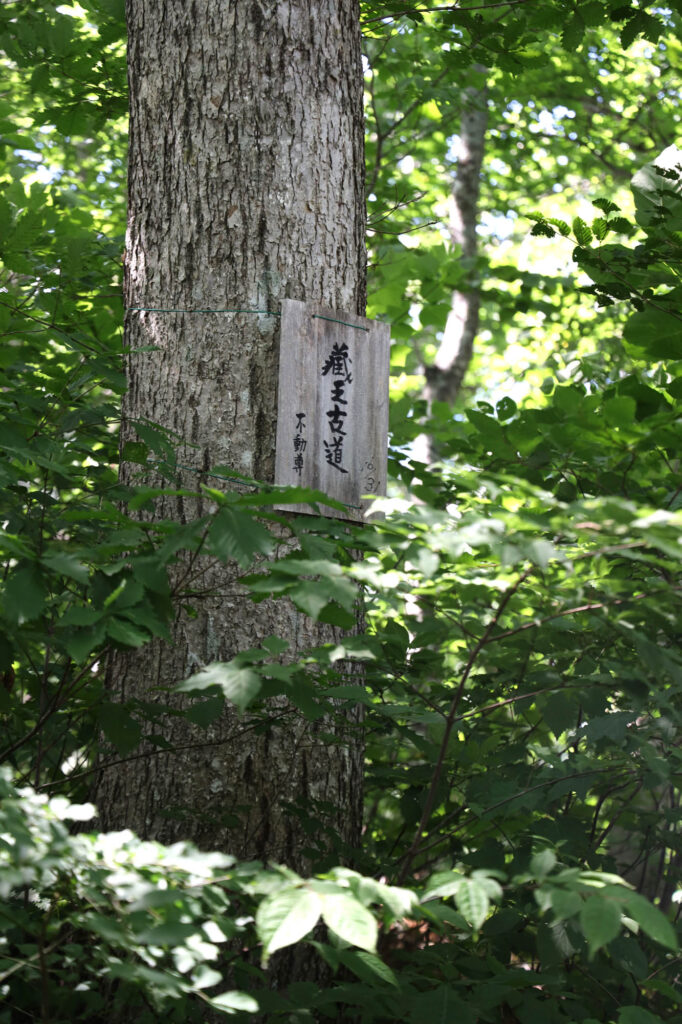
Zao Kodo signage in the mountains. Photo by Mayu Kanamori
At quarter to three, I drove 7.5 kms southeast to the Zao-machi Public Library. As soon as I walked into the Library, I saw a collection of old souvenir postcards from Togatta Onsen and photographs of mountain climbers, pilgrims and those who took part in the opening of the Echo Line on display behind glass.
The bookcase that housed their Zao collection was immediately to the left of the entrance, followed by their Miyagi collection. I saw photocopies of old booklets about the Togatta Onsen, about lodgings and the properties of the hot springs itself. There were thirteen poetry books, so I sat down to look through them. I photocopied two poems, one called Aoso no Yama by Endo Tadashi from his collection Shima Aoki Chizu (Hiiragi Shobo, 2016) and Aoso-san by Yasobe Tokio from his collection Yukuefumei no Kajintachi (Shigaku-sha, 1991).
I stopped by a roadside stall selling peaches. I bought four for Martin, who stayed at the studio writing. I returned to Togatta at 6pm.
We had a bath at Kami-no-yu, then ate dinner at another izakaya called Banya. The owner was born in Togatta and inherited the business three years ago from his mother-in-law.
We turned the lights out at 9:30pm.

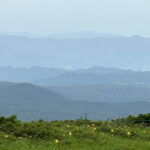

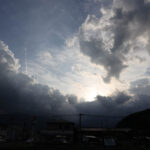
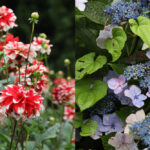


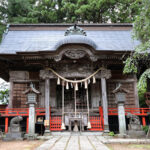
Recent Comments